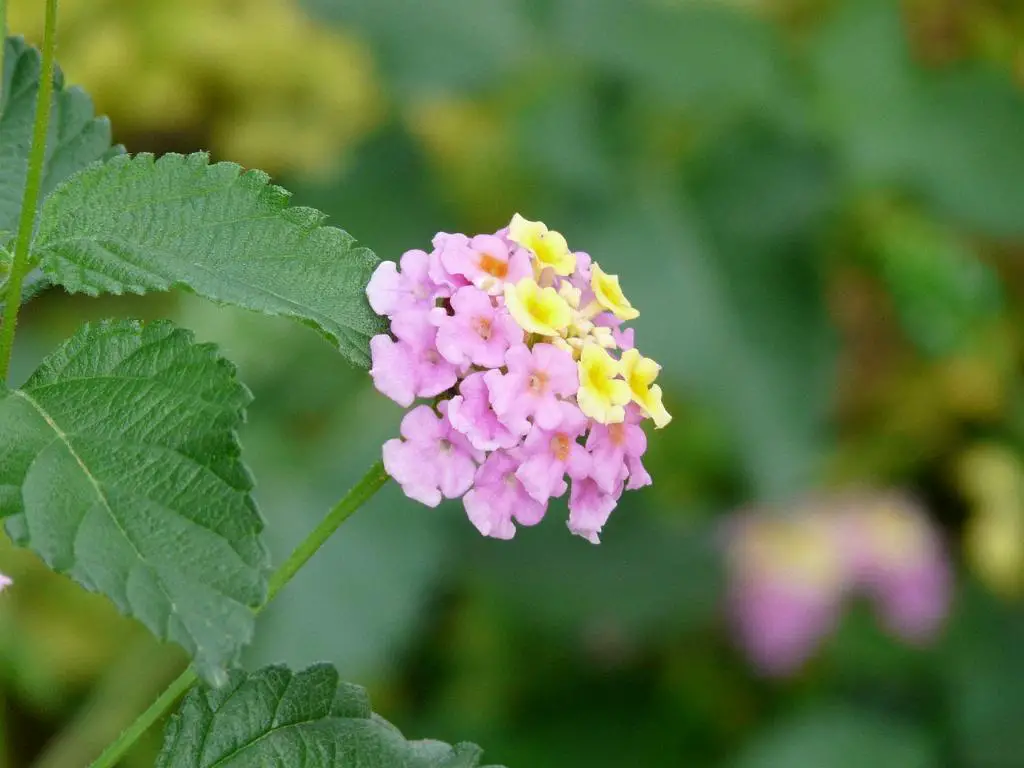When it comes to the question of whether lantanas can be classified as perennials, it’s important to take into account the specific species and growing conditions. Common lantana, scientifically known as Lantana camara, is typically considered a small perennial shrub that produces vibrant yellow, orange, or red flowers. However, despite its perennial nature, common lantana is often treated as an annual in certain regions due to its fast growth and profuse blooming tendencies.
It’s essential to recognize that the classification of lantanas as perennials may vary depending on the geographical location and climate. In areas where frost or harsh winter conditions occur, lantanas may struggle to survive beyond a single growing season, leading to their treatment as annual plants rather than true perennials.
For gardeners in regions with milder winters or longer growing seasons, lantanas have the potential to exhibit perennial behavior, regrowing year after year from their established root systems. In such favorable conditions, lantanas can indeed function as perennial plants, adding continuous beauty to garden landscapes.
While common lantana is recognized as a tender perennial, there are other lantana species and hybrid varieties that may exhibit different growth habits. Some cultivars of lantana, such as trailing lantana (Lantana montevidensis), are more cold-tolerant and may be classified as true perennials in certain climates.
It’s worth noting that the designation of lantanas as perennials or annuals can also be influenced by individual gardening practices and preferences. Some gardeners may choose to treat lantanas as annuals, replanting them each year to ensure optimal growth and bloom performance.
When considering the perennial nature of lantanas, it’s crucial to assess factors such as soil quality, sunlight exposure, watering regimen, and winter protection measures. Providing lantanas with proper care and maintenance can enhance their chances of returning year after year in regions where they are not typically considered hardy perennials.
Despite the classification nuances surrounding lantanas as perennials, these versatile plants are valued for their ability to attract pollinators, such as butterflies and hummingbirds, with their colorful blooms and aromatic foliage. Whether grown as annuals or perennials, lantanas can bring joy and beauty to any garden setting.
In conclusion, while common lantana is often treated as an annual due to its growth characteristics, there are lantana species and hybrids that can function as true perennials under the right conditions. Ultimately, the perennial status of lantanas is contingent upon various environmental factors and individual cultivation choices.

